Have you ever taken a trip to Khunjerab Pass, the majestic gateway tucked away in the jagged peaks of the mesmerizing Karakoram Range at the end of the magnificent Karakoram Highway?
If not, what are you waiting for?
With summer vacations just a few short months away, you have probably already started to make plans for your next trip. If you live in a warmer region, heading over to the northern areas to escape the heat must be on your list for sure.
For the residents of Islamabad and Lahore, taking a short weekend trip to Murree and the hill stations beyond has always been the most popular option, mainly because of the proximity. But for those living in faraway areas, planning a trip to these famous destinations takes a lot of effort and deliberation.
However, if you really want to discover Pakistan and explore the natural beauty it has been blessed with, you should set your sights a little farther. This year, consider travelling to Gilgit Baltistan, a veritable piece of heaven on earth.
The road trip to this area might take a little longer than you are probably used to. But you definitely won’t mind the distance once you enter these beautiful valleys filled with lush green meadows and tall snow-covered mountains.
Of course, Hunza and Gilgit are two of the most popular tourist destinations in Pakistan. However, you can’t plan a trip to these valleys without including Khunjerab Pass in your itinerary. The road condition from Islamabad to Hunza is also pretty good. Therefore, you don’t have to worry about your journey being very uncomfortable.
Khunjerab Pass
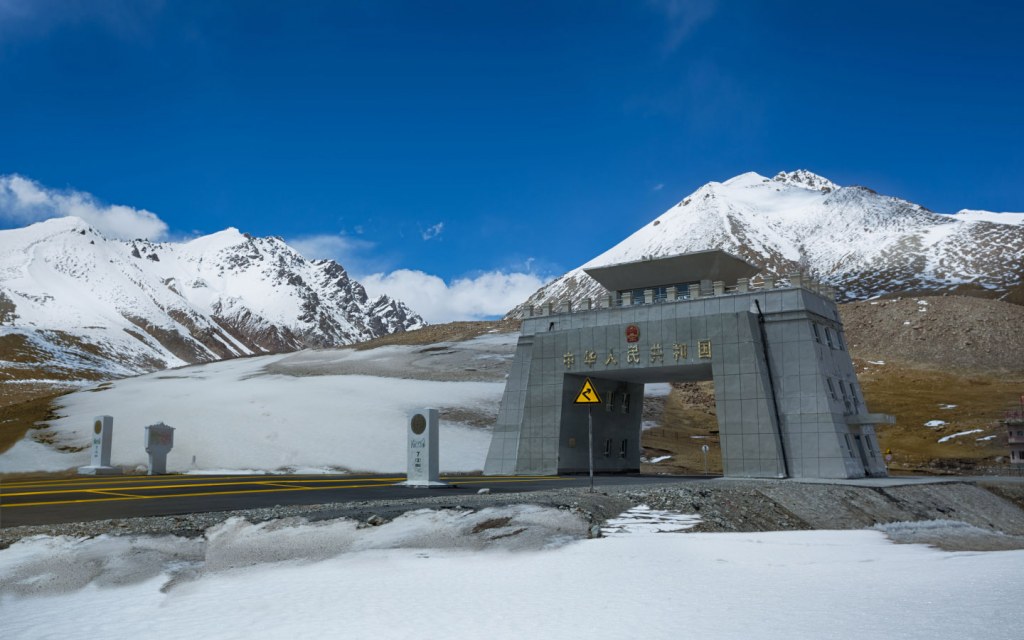
Khunjerab Pass, more commonly referred to as the Pak-China border, is the highest point on the architectural marvel known as Karakoram Highway. Located at an altitude of 15,397 feet, it is also the highest paved international border crossing in the world.
The best time to visit this beautiful landmark is between May and September.
Planning a road trip from Islamabad to Gilgit Baltistan
Here is a detailed tour plan to Khunjerab Pass. Given your budget, you can even turn it into a full-fledged Pakistan tour. All you’ll have to do is increase the number of days.
On average, it will take you about 3 to 4 days to travel from Islamabad to Khunjerab Pass by road.
Important tip: Instead of driving your own car, rent a suitable vehicle. It’s always better to hire an experienced driver familiar with the twists and turns on Karakoram Highway. If you are travelling with a group, there are a lot of tour groups offering reasonably priced packages from each city.
Northern Areas Transport Corporation, also known as NATCO, provides Islamabad to Hunza bus service at really affordable rates as well.
Day 1: Departure from Islamabad

It’s better to leave Islamabad in the early hours of the morning to avoid any major traffic jams. If you don’t want to get stuck on the road for hours, you must strive to cross Mansehra before sunrise. It is recommended to only stop for breakfast once you reach Balakot. Make sure to have a light meal and pack some snacks for the road, as it’s going to be a long ride.
From Balakot, it’ll take you about five hours or so to reach your next stop, a beautiful village called Besal right outside Naran. Avoid making a stop in Naran as it gets very crowded during the tourist season. Instead, take a tea break at Besal before heading to Lulusar Lake and Babusar Pass. You only need to spend a few minutes at both of these tourist destinations.
Babusar Pass is the highest point in this valley, connecting the province of Khyber Pakhtunkhwa to Gilgit Baltistan. The road descending from this mountain pass is full of sudden twists and turns. That means the driver needs to be extremely careful. It’ll take you approximately 3 to 4 hours from this point to reach Jaglot via Karakoram Highway.
Generally, people prefer staying in Chilas. However, if you’re travelling during the summer months, it’s better to stay in Jaglot as the former tends to get very warm. Stay the night in this small but extremely hospitable town and have dinner at a local restaurant. The more rest you get, the more you’ll be able to enjoy your vacation.
Day 2: Jaglot to Hunza
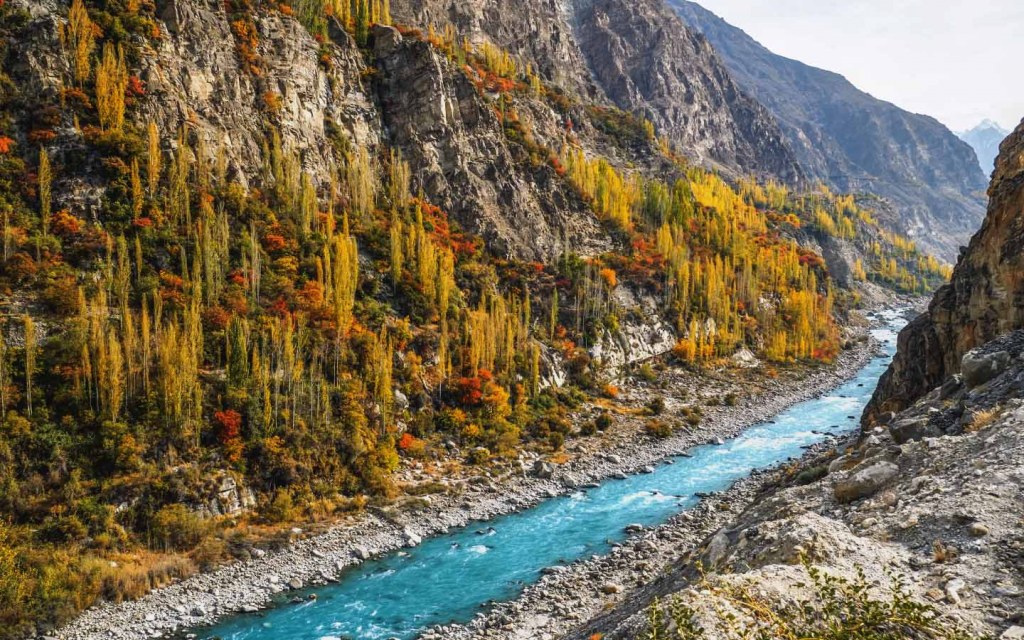
The key to a stress-free road trip is to avoid traffic. This means you need to start your day as early as possible. On the second day of your trip, leave the hotel by 8 am and make your way towards Hunza Valley via Karakoram Highway. On your way, take a short photography break at Three Mountain Junction. It’s one of the most popular tourist destinations in Gilgit Baltistan where you can see the world’s three greatest ranges — the Karakoram, Hindukush and Himalayas —meet.
You can take another short break at Rakaposhi View Point. However, don’t spend too much time here as you’ll need to make another stop in a few hours for lunch.
If you stay on track and don’t make any unnecessary stops, you’ll reach Karimabad, the capital of Hunza district, in about 3.5 hours. You can stop here for lunch and then drive for a few more minutes to visit the historic Altit Fort. Built nearly 1100 years ago, this fort is considered to be the oldest monument in the region.
After a quick tour of Altit Fort, you can travel to the famous Eagle’s Nest in Duikaar for some scenic photographs. Make sure to reach your hotel by sunset and spend the night in Hunza.
Day 3: Hunza to Nagar
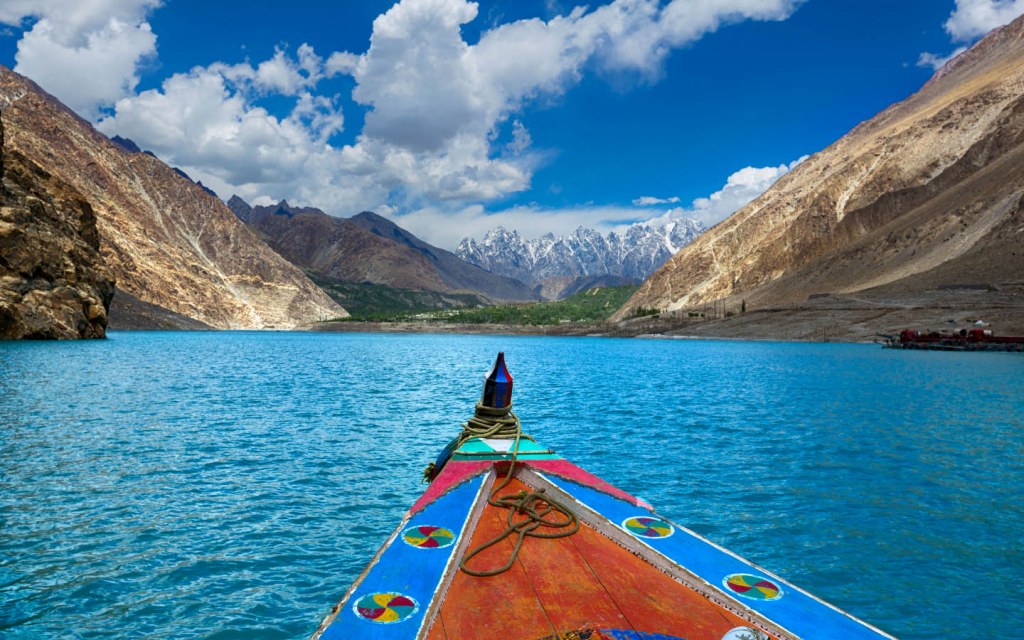
Check out of your hotel early in the morning so you can avoid traffic on your way to the mesmerizing Attabad Lake, which is undoubtedly one of the most beautiful lakes in Pakistan. This enchanting blue lake was formed due to a huge landslide. It is also probably one of the biggest tourist destinations in Gilgit Baltistan. If you get here before the rush hour, you can take a short boat ride or even go jet skiing.
After taking pictures at Attabad Lake, you can make your way to Baltit Fort, yet another historical monument in the valley. Constructed nearly 700 years ago, this is also considered one of the most historical tourist destinations in Pakistan. It is bigger than Altit Fort, though the two belonged to the same family in different time periods. You can take a guided tour of this fort and have lunch at a nearby restaurant.
Travelling on Karakoram Highway, you’ll reach Minapin village in Nagar Valley within an hour and a half of leaving Baltit Fort. This small village in Gilgit Baltistan is home to some of the most welcoming people you’ll come across this trip. You can go for a short walk and stay the night in one of the local hotels. However, make sure to book a room in advance as this area only has two major hotels that are extremely popular among domestic and foreign tourists alike.
Day 4: Trip to Khunjerab Pass
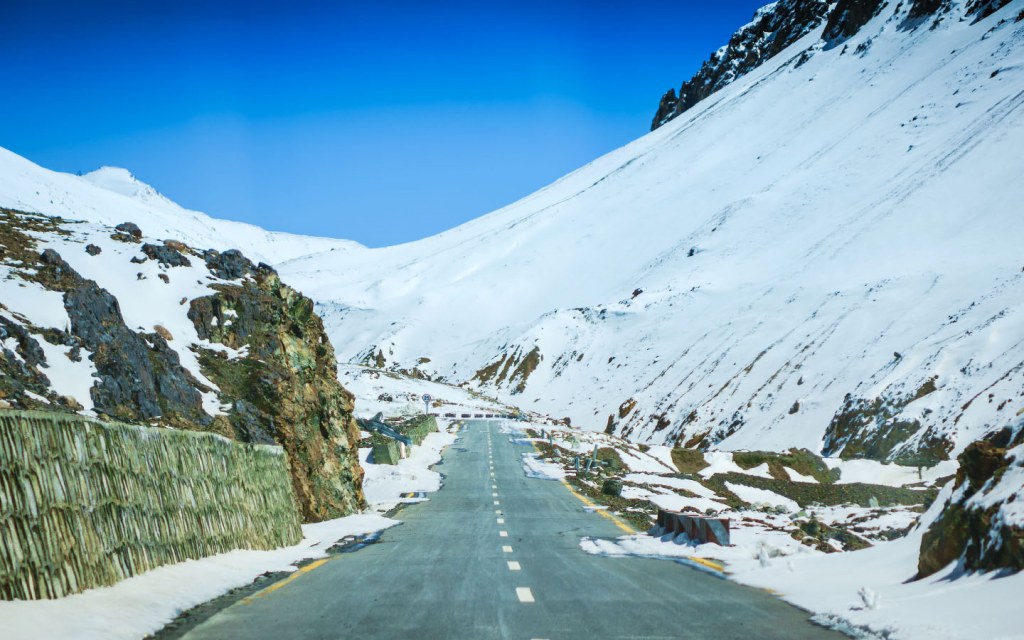
The road trip to Khunjerab Pass is not short by any means.
The earlier you leave the hotel, the sooner you’ll be able to get back. Ideally, you should be on the road by 7 am. It’ll take you nearly six hours, in ideal weather conditions, to reach Khunjerab Pass. On the way, you can stop at the famous Hussaini Gojal Hanging Bridge and take some memorable photographs at the scenic Passu Cones. It is also referred to as ‘Passu Cathedral’ due to the peaks’ unique shape.
Once you enter Khunjerab National Park, you can take a short break for tea and some snacks. From this point onwards, the drive up to Khunjerab Pass is going to be very steep. Due to the high altitude, the oxygen level is also bound to drop, which means you need to conserve as much of your energy as possible. Moreover, you might encounter a lot of traffic on your way to the national park as it remains one of the most popular tourist destinations in Pakistan.
People are supposed to park their vehicles at a little distance from the Pak-China Border. You can walk over to the dividers placed in front of Khunjerab Pass and pose for photos in front of the majestic gate. There is also an ATM machine nearby, which is believed to be the highest ATM in the world.
After spending an hour or so here, you should make your way back to Nagar. By the time you reach your hotel, it’ll most probably be dark outside. You can have dinner and spend another night there.
Day 5: Make your way back to Naran
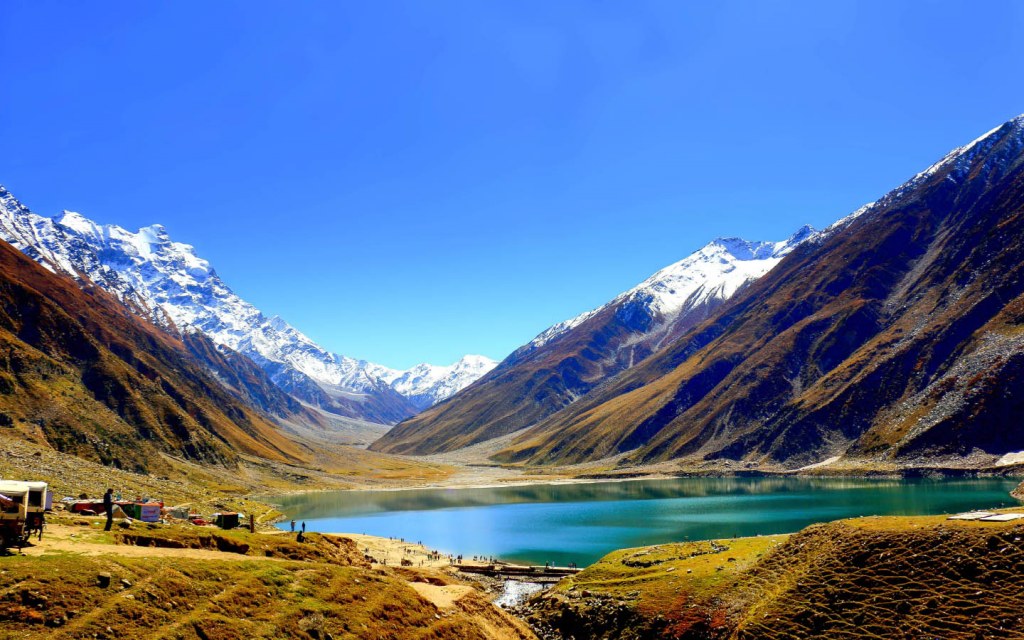
It’s time to make your way back home. However, you won’t be able to reach Islamabad within the same day due to heavy traffic on Karakoram Highway and in Naran. If you leave the hotel around 9 am, you’ll probably reach Chilas between 1 and 2 pm. You can grab some lunch in this area and then travel for nearly four more hours to reach Naran. Due to ongoing construction and heavy tourist influx in Gilgit Baltistan, you’re likely to get stuck on the road as well.
If you reach Naran by sunset, you can take a stroll in the main market area and have dinner at one of the many restaurants located in the valley. You’ll have to spend the night here, but make sure to book a room at least a week in advance.
Day 6: The journey back home

After having breakfast in Naran, set out for Islamabad. You’ll have to cross Balakot and Mansehra before you can stop for lunch in Abbottabad. With summers being an ideal time to go on a tour of northern areas, you are most likely to encounter a lot of traffic on your way home. However, if you don’t come across any major jams, you’ll reach Islamabad around noon.
In total, it’ll take you about seven to eight hours to get from Naran to the federal capital.
Depending on your budget and vacation days, you can further customize this tour from Islamabad to Khunjerab Pass by adding a few more tourist destinations to your itinerary. You can also check out our guide on the hidden tourist destinations in Pakistan for some inspiration.
Moreover, if you are staying in Islamabad and want to explore the natural beauty of the area, make sure to visit the beautiful Margalla Hills. A popular tourist attraction, these majestic hills offer scenic views and a ton of outdoor entertainment opportunities that are perfect for families.
Last but not least, stay connected to Zameen Blog for more travel plans and tips. You can also write to us at blog@zameen.com and visit our Facebook page for the latest updates on lifestyle, tourism, and real estate in Pakistan.



